What Is the Intensive Management Area?
Located within the 1800-acres of Fossil Rim’s property, adjacent to one of our four pastures, the Intensive Management Area is land set aside for specific species. This land is only accessible by staff, or on a behind-the-scenes tour. All of the animals that live in the IMA live in enclosures or fenced-in pastures, each made up of a large swath of land. The largest enclosure, which houses cheetahs, is over four acres in size. Many of these enclosures are set back into the trees, sheltering the animals within from road noise and simulating their natural forested habitats.
The IMA’s main purpose is to hold animals that thrive in secluded, quiet environments. Many of these species are solitary, like the black rhino, or territorial to all but their family, like our Mexican Grey wolves. Every animal in the IMA is facing some sort of threat, with statuses ranging from vulnerable to critically endangered. These species often need more specialized care, especially when it comes to breeding.
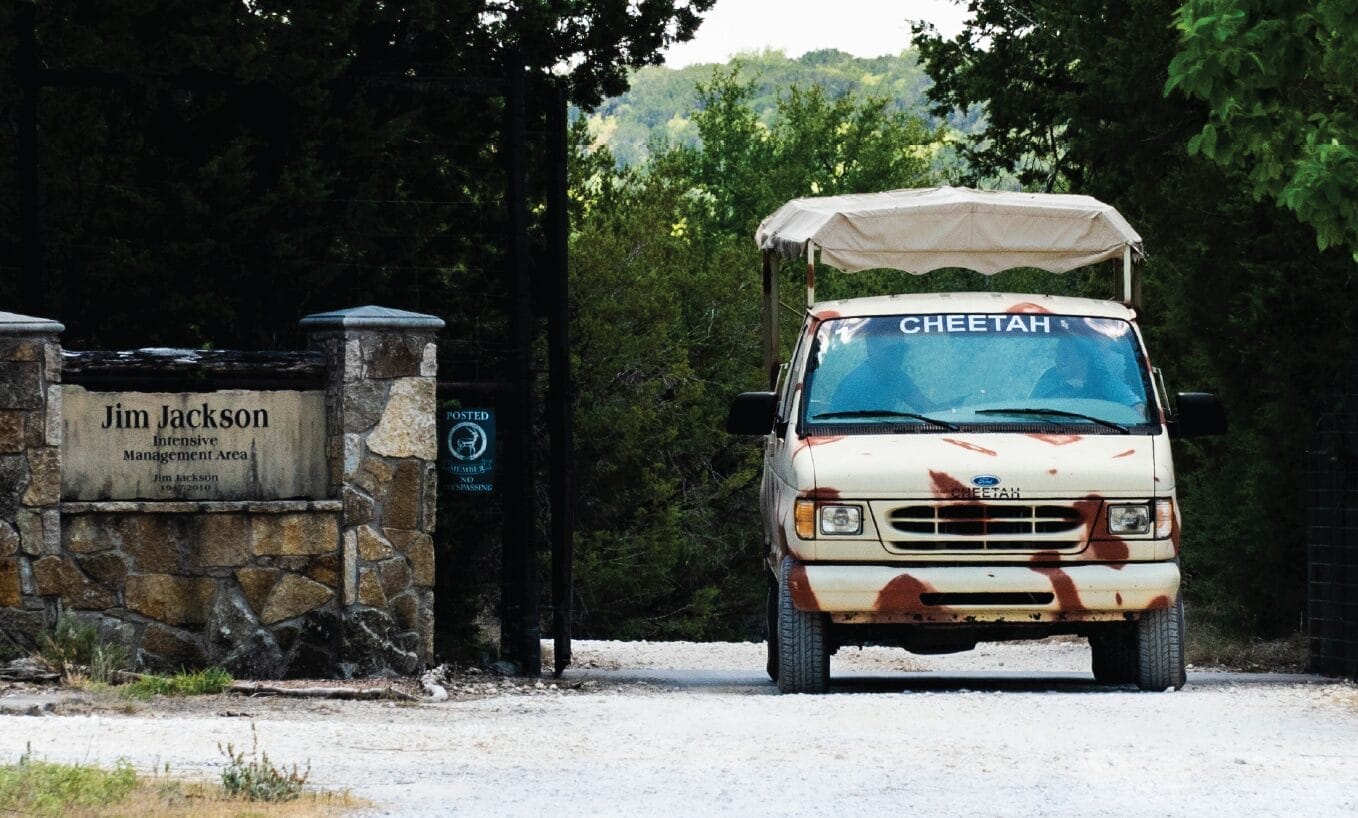
Who lives in the Intensive Management Area?
The IMA is currently home to nine different species. Some individuals of these species can be viewed outside of the IMA, at places like Animal Discoveries. What animals live where is determined by our animal care and health teams.
Attwater’s Prairie Chicken
These tiny birds have an entire section of the Intensive Management Area dedicated to their care. Fossil Rim is one of the top Attwater’s prairie chicken breeding facilities in the country, and chickens raised here will be released into their natural habitat when they reach maturity. The delicate nature of the birds, as well as the different facilities needed to care for them during each stage of life, makes the IMA a perfect place to raise them.
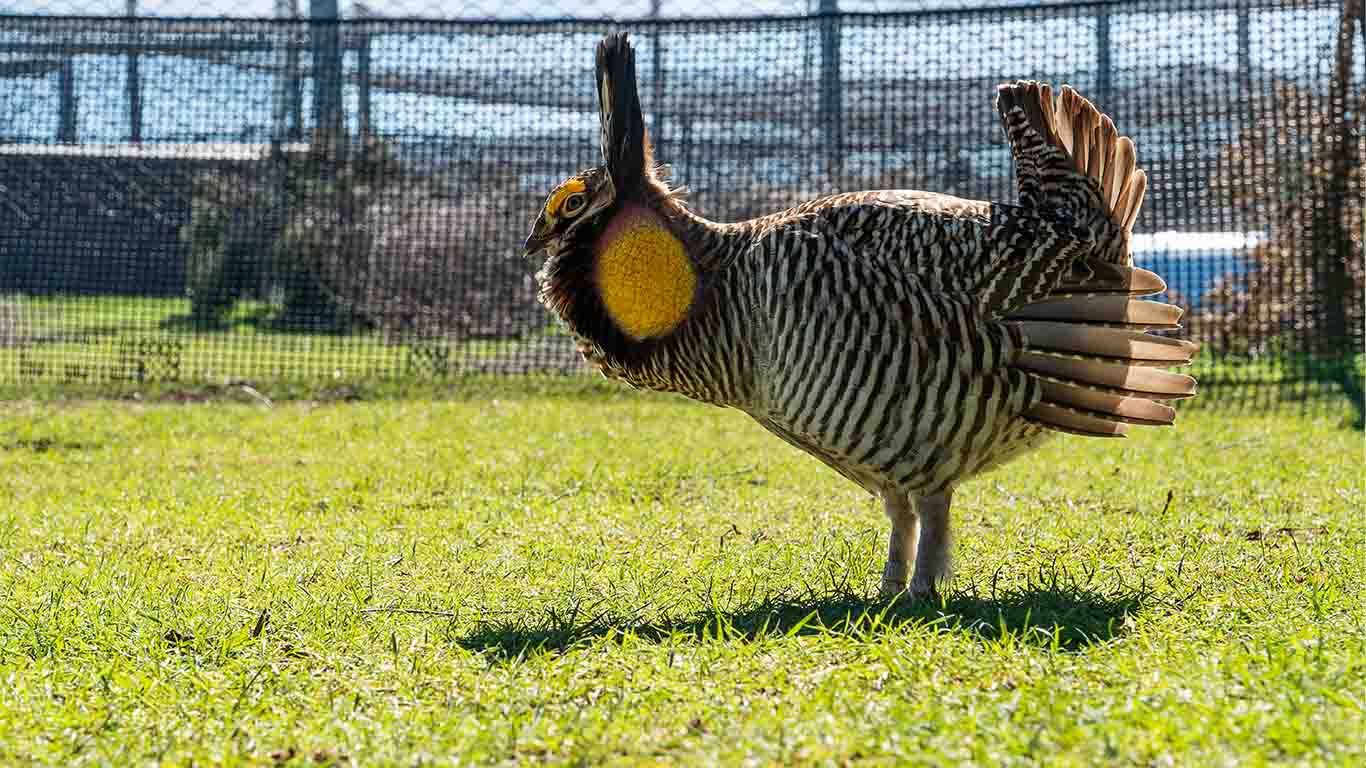
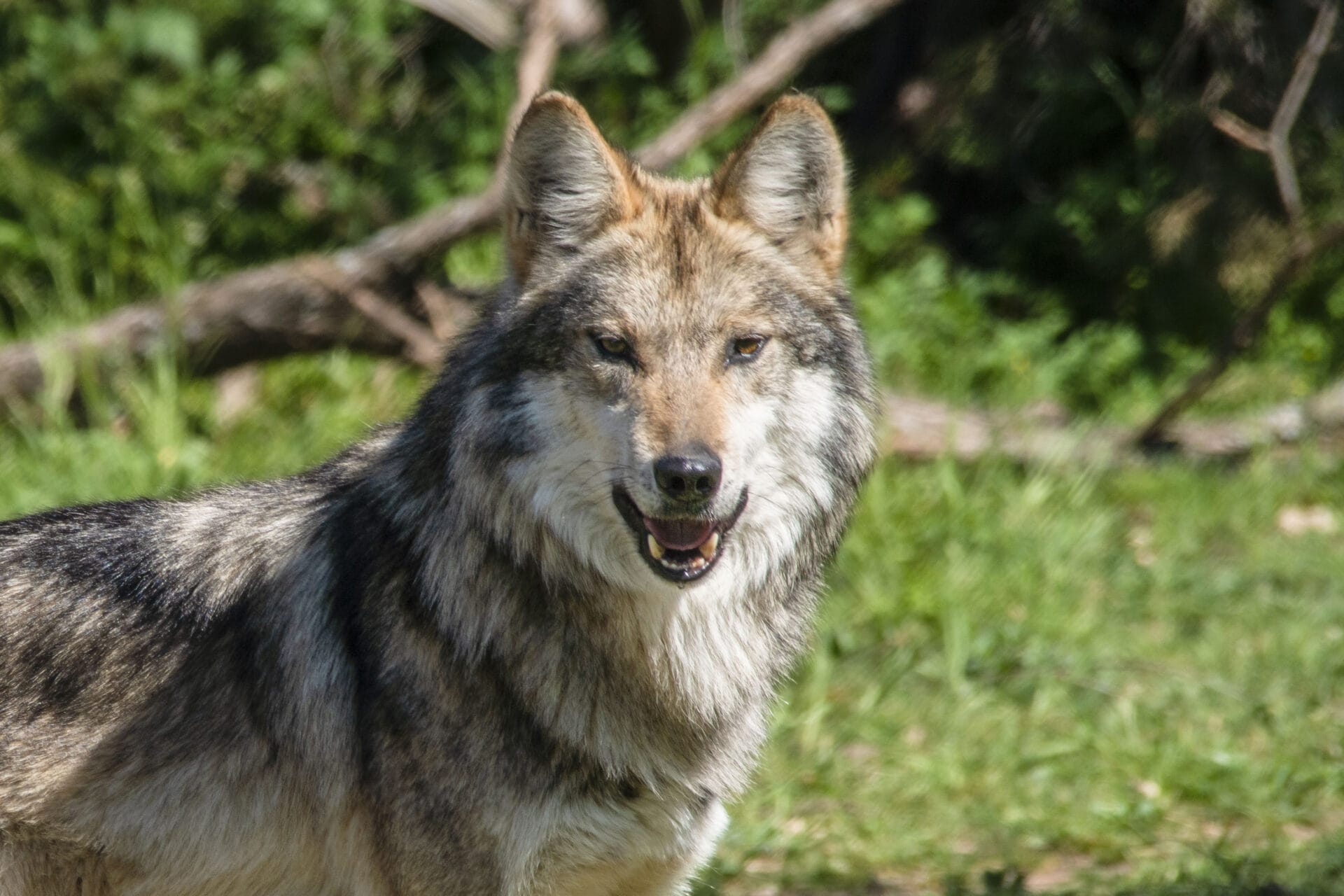
Mexican Gray Wolf
Once seen across the American southwest, Mexican Gray wolves have been on the brink of extinction since the mid-1900s. Fossil Rim has kept the species since 1990, in partnership with the United States Fish and Wildlife Service. While less shy than American red wolves, Mexican gray wolves are still an elusive species that thrives with little human contact. These days, we focus more on simply housing adults rather than breeding them, but keeping them in the IMA ensures their stress levels stay low.
American Red Wolf
American Red wolves are a critically endangered canine. Having faced near extinction in the mid-1900s, conservationists have been working around the clock to restore the species. Red wolves are a notoriously skittish species, most active at dawn and dusk. They will avoid areas with heavy human activity whenever possible, and they are masters of stealth. To help our Red wolves feel comfortable, and to increase the chances of successful mating and births, we house them in private enclosures in the IMA.
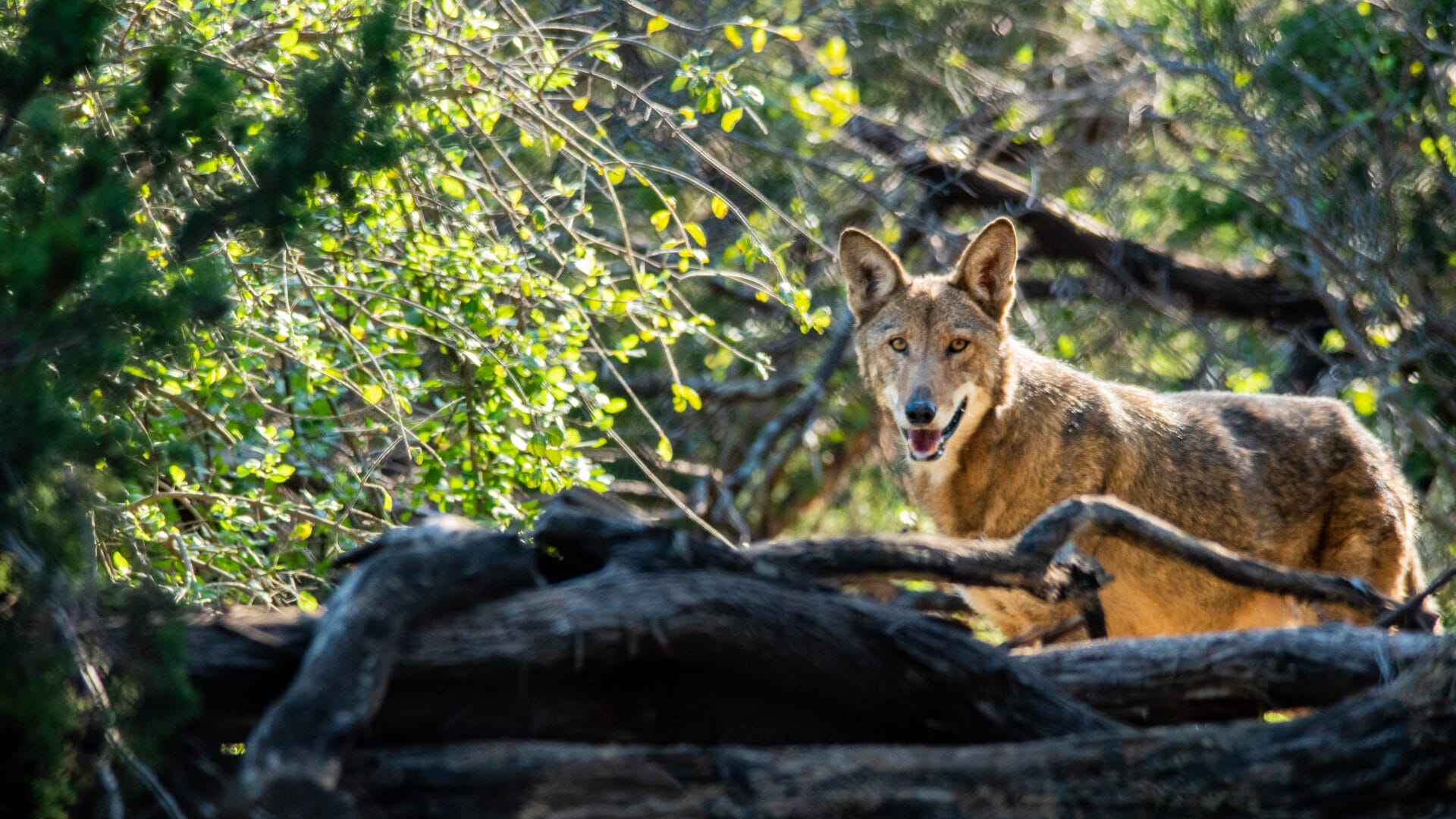

South Central Black Rhino
Unlike their white rhino cousins, the south central black rhino is a solitary species, with males and females only meeting up to breed. Keeping them in the IMA ensures that each black rhino gets the personal space they need to feel comfortable. Feeling comfortable is key to encouraging breeding behaviors, and as black rhinos are critically endangered, breeding is essential.
Texas Horned Lizard
The newest addition to the IMA, Texas horned lizards live in a special building near the Attwater’s prairie chicken area. We chose this area because of the available space, and because we are still in the beginning stages of keeping these tiny reptiles. They require a lot of observation and privacy, but we have high hopes that today’s research will allow us to expand the program in the future.
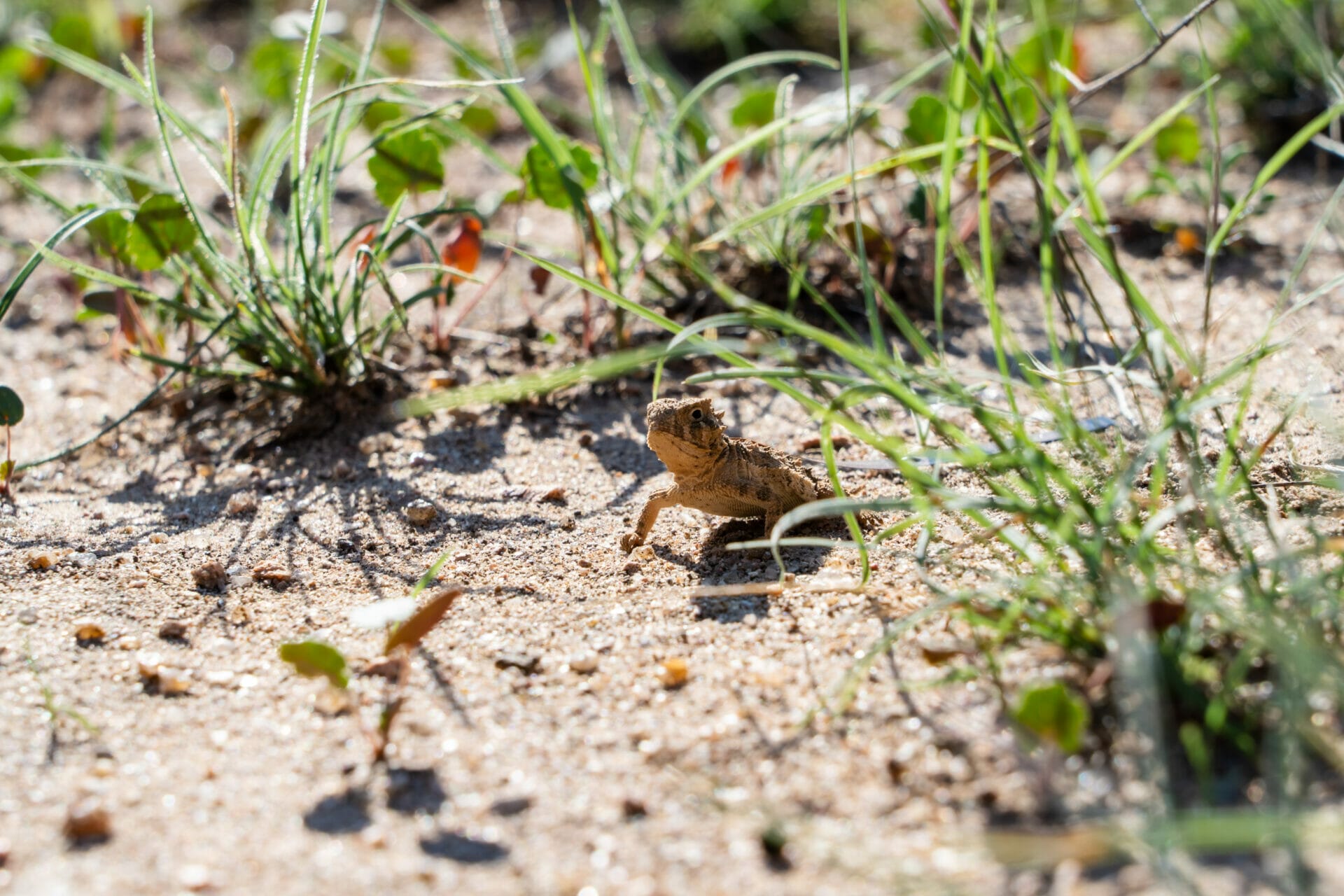
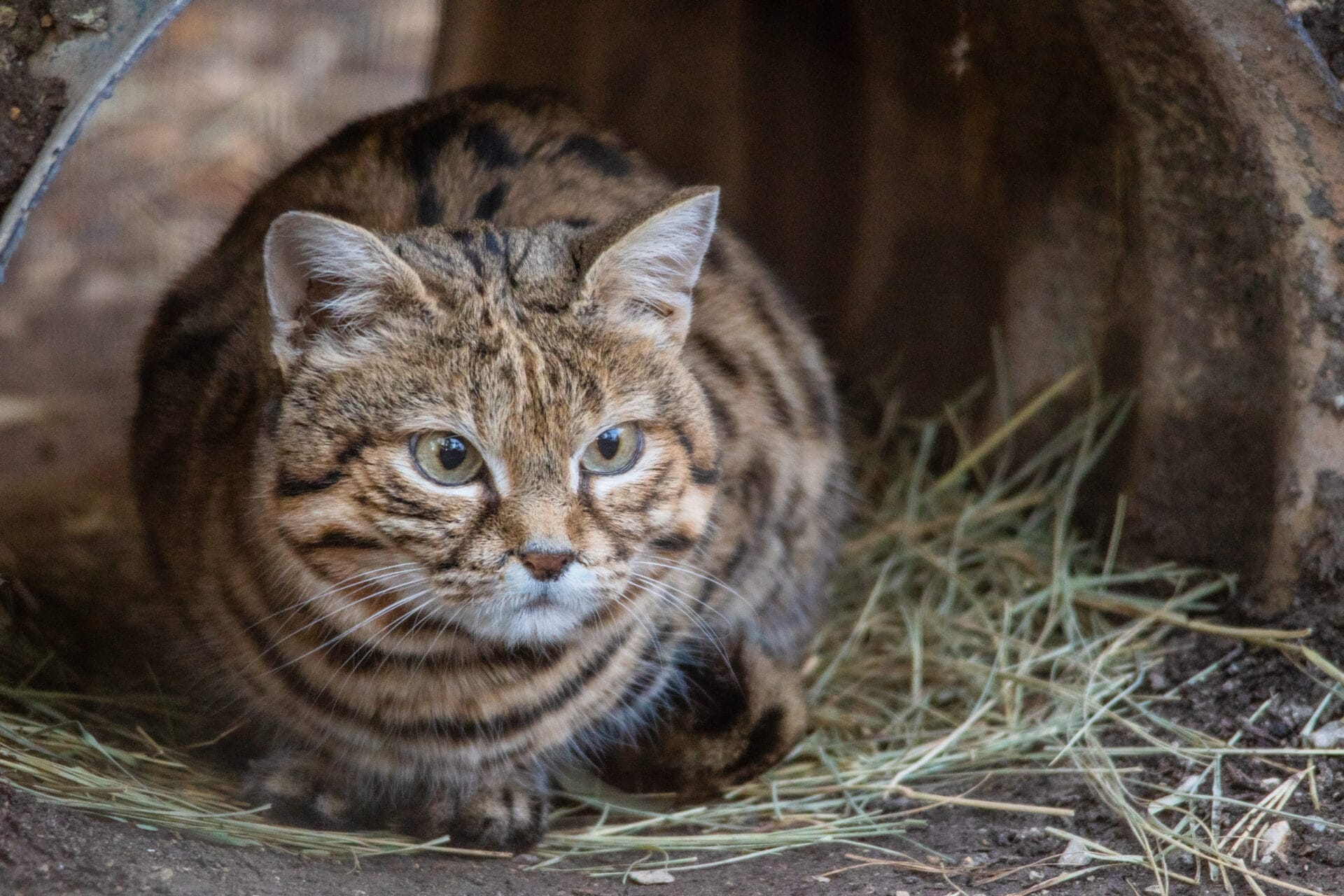
Black-Footed Cat
This tiny carnivore is the second smallest wild cat in the world. Like most felines, they are independent, stealthy, and occasionally skittish. They prefer habitats with places to hide, making them incredibly hard to see when they’re on display. Living in the IMA keeps their stress levels low, increasing the chances of successful kittens being born. Fossil Rim is one of the top breeding facilities for this species, showing that our private enclosures are benefiting this species. Two non-breeding black-footed cat females live at Animal Discoveries.Cheetah
Cheetahs are the only animals housed in the IMA that are consistently swapped between being on and off public display. Having two cheetah facilities not only increases the amount of cheetahs we are able to house at any given time, but also allows us to move individuals around as needed. During the breeding season, we may move males and females based on the suggestions of researchers. We may also move them as a form of enrichment, allowing them to get new sights and smells, or because our care team has noticed that a cheetah does better in one of the environments.


Wattled Crane
Wattled cranes are a large bird native to African wetlands. Fossil Rim acts as a holding facility for the species, keeping them safe and healthy until they’re needed elsewhere for breeding purposes. Holding facilities are necessary for captive breeding, because not all zoos have the ability to keep more than a few individuals of a species at a time.
Japanese Red-Crowned Crane
As with the wattled crane, Fossil Rim is a holding facility for the Japanese red-crowned crane. These large birds live in enclosures behind the Attwater’s prairie chicken area, and are cared for by our avian animal care team.


